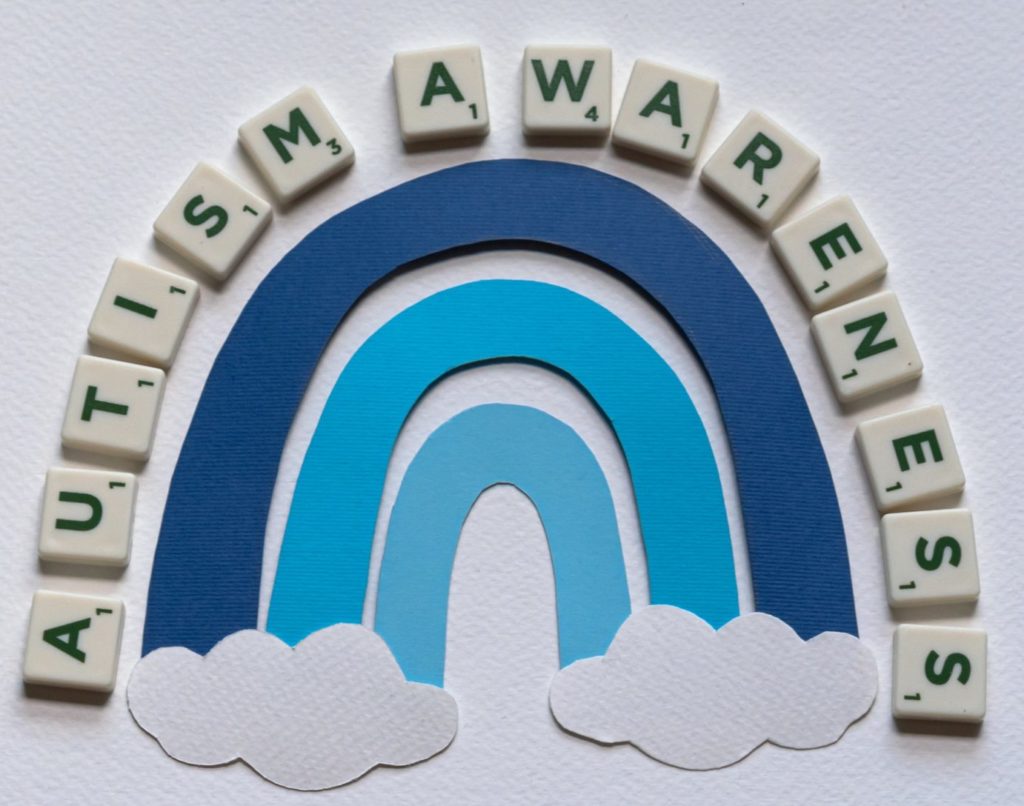What are the different types and levels of autism?

Featured image by Polina Kovaleva, Pexels.com
What is autism?
Autism, or autism spectrum disorder (ASD), is a developmental condition that is accompanied by difficulties with social skills, repetitive behaviour, and speech and communication.
Autism is not a medical condition or disease that can be treated with medication or “cured”. It is a lifelong condition where the brain of an individual works in a different way from other people. If you are autistic, you are autistic for life.
People with autism have strengths in visual thinking, memorisation, organisation, precision, and attention to detail.
Before 2013, specialists diagnosed individuals with different forms of autism, such as Asperger’s syndrome and Rett syndrome. However, since 2013, individuals have been diagnosed with Autism Spectrum Disorder (ASD). For more information about the different types of autism diagnosed before 2013, have a read of this blog post.
What are the different levels & symptoms of autism?

Image by PNW Production, Pexels.com
Autism is a spectrum. This means that every individual with autism will experience their condition differently and have their own strengths, challenges, and support needs. There are three levels of the Autistic Spectrum: mild, moderate and severe. Each level is accompanied by various traits and is categorised based on the level of support needs an individual may have:
- Level 1 (mild): In this category, individuals are judged to have the ‘mildest’ or ‘high functioning’ form of autism. They may have minimal support needs.
Traits experienced by individuals include:- Difficulties making friends and managing relationships.
- Fixation on subjects or ideas of interest.
- Dedication to routine/structure; individuals prefer to do things their own way.
- Level 2 (moderate): Individuals require a ‘medium’ level of support for their symptoms.
Traits experienced by individuals include:- Difficulties with non-verbal forms of communication.
- Narrow interests and engaging in repetitive behaviour.
- Difficulty changing focus, e.g., switching from one activity to the next.
- Level 3 (severe): Individuals are deemed to have the most ‘severe’ form of autism because they require intensive support needs, which can include 24-hour 1-1 care.
Traits experienced by individuals include:- Limited or no verbal communication; may rely on technology and picture boards to get their ideas across.
- Overly or under sensitive to sensory input.
- Restrictive or repetitive behaviours may interfere with everyday functioning and the ability to live independently.
What are the signs of autism in adults?

Image by Polina Kovaleva, Pexels.com
Traits of autism can differ depending on age and gender. For example, many females are often not diagnosed with autism until later in life. Women are often taught and expected to have advanced social skills, and as such can be recognised for their ability to ‘cope’ well in social situations and may easily mask their feelings or any discomfort. For this reason, it can be difficult for women to recognise that they may have autism.
In adults, common traits of autism include:
- Anxiety in social situations
- The need for routine and becoming stressed if there is a disruption in the routine
- Difficulty making friends and reaching out to others
- Avoiding eye contact
- An inability to grasp social rules, such as not talking over other people
- Noticing details that others may not notice or deem significant
- Taking longer to understand information
What are the signs of autism in children?
There are many different signs of autism in children, and not every child with autism will show the same signs. Some typical signs include:
- Avoiding eye contact
- Making repetitive movements
- Not talking as much as their peers
- Getting upset over certains tastes, feels, smells or sounds
- Struggling with changes to their routine
- Having a special interest in a specific subject
- Finding it hard to make friends
- Difficulty saying how they feel
- Taking things literally
What should you do if you suspect you have autism?
If you suspect you may have autism, make an appointment to speak with your GP. Your GP can then put you in contact with relevant support groups or arrange for a formal diagnosis to take place.
To help give you an indication as to whether you do have autism, you can take our online am I autistic quiz. However, please note that this doesn’t count as a diagnosis.
Despite the challenges faced by individuals with autism, with the right level of support, people with autism can live rich and fulfilled lives. Autism is as unique as the person living with the condition and so everyone will have their own strengths and challenges. People with autism can form friendships, romantic relationships and have successful careers.
Why not have a look at some of the unique strengths of people with autism?




